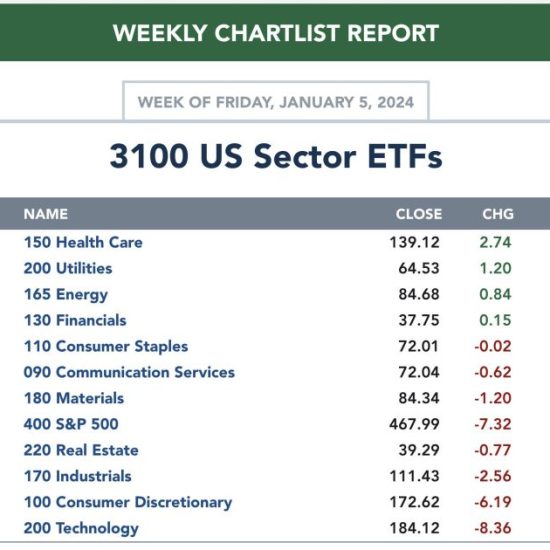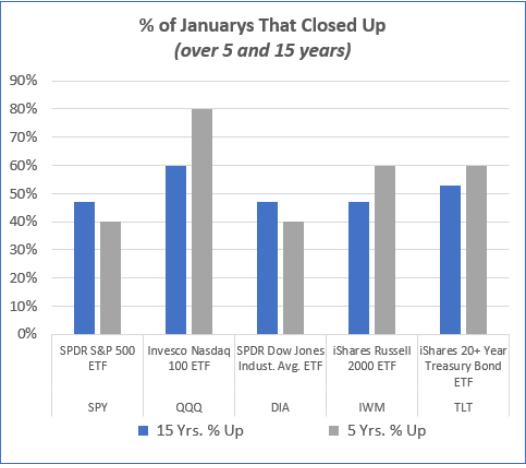The stock market is an unpredictable beast in that prices can rise and dip in a relatively short time without any clear direction or cause. With that being said, however, trend channels can be used to define more likely scenarios in which a stock may pullback.
A trend channel is a series of linking trend lines that measure a given security’s performance in terms of highs, lows, and other pertinent movements within the market. They help identify where a stock is headed, as well as potential entry and exit points. This is accomplished by connecting the highs and lows of a stock in order to identify support and resistance levels.
When these trend lines are then linked together in a channel, the result is a path of possible motion that the stock may take. This channel allows investors to know what to expect when it comes to pullbacks. If the stock falls outside of that channel, then a more serious pullback may be expected.
Typically, pullbacks are defined as any downward movement of a security that lasts at least a few days. That being said, trend channels can be used to define more general pullback scenarios that are broadly applicable across a larger market.
For example, if a stock is in a rising trend and then suddenly hits the upper boundary of the channel and begins to pull back, that indicates that the stock may have reached a short-term top. The same applies in a bearish market, as the lower boundary of the channel may indicate the floor of a pullback.
By looking at trend channels, investors can get a better sense of when a stock may pullback, and how long it may last. This is especially beneficial for investors who are looking to take profit on their holdings and get ahead of a market pullback or correction.
In conclusion, trend channels are an invaluable tool in helping define stock pullback scenarios. Not only do they help define potential entry and exit points, but they also provide investors with an extra layer of insight into a stock’s performance and helps them better understand when a pullback might take place.





